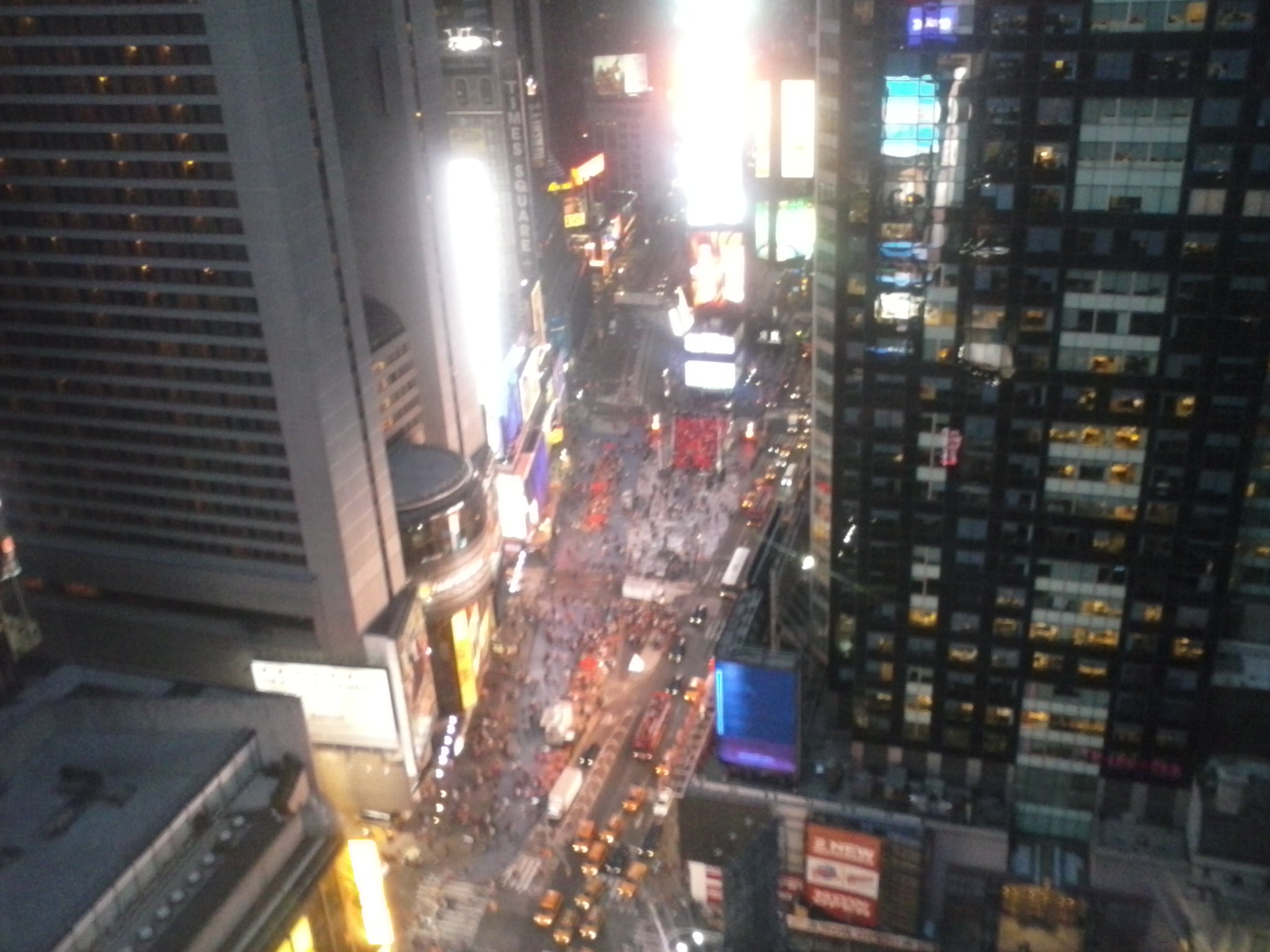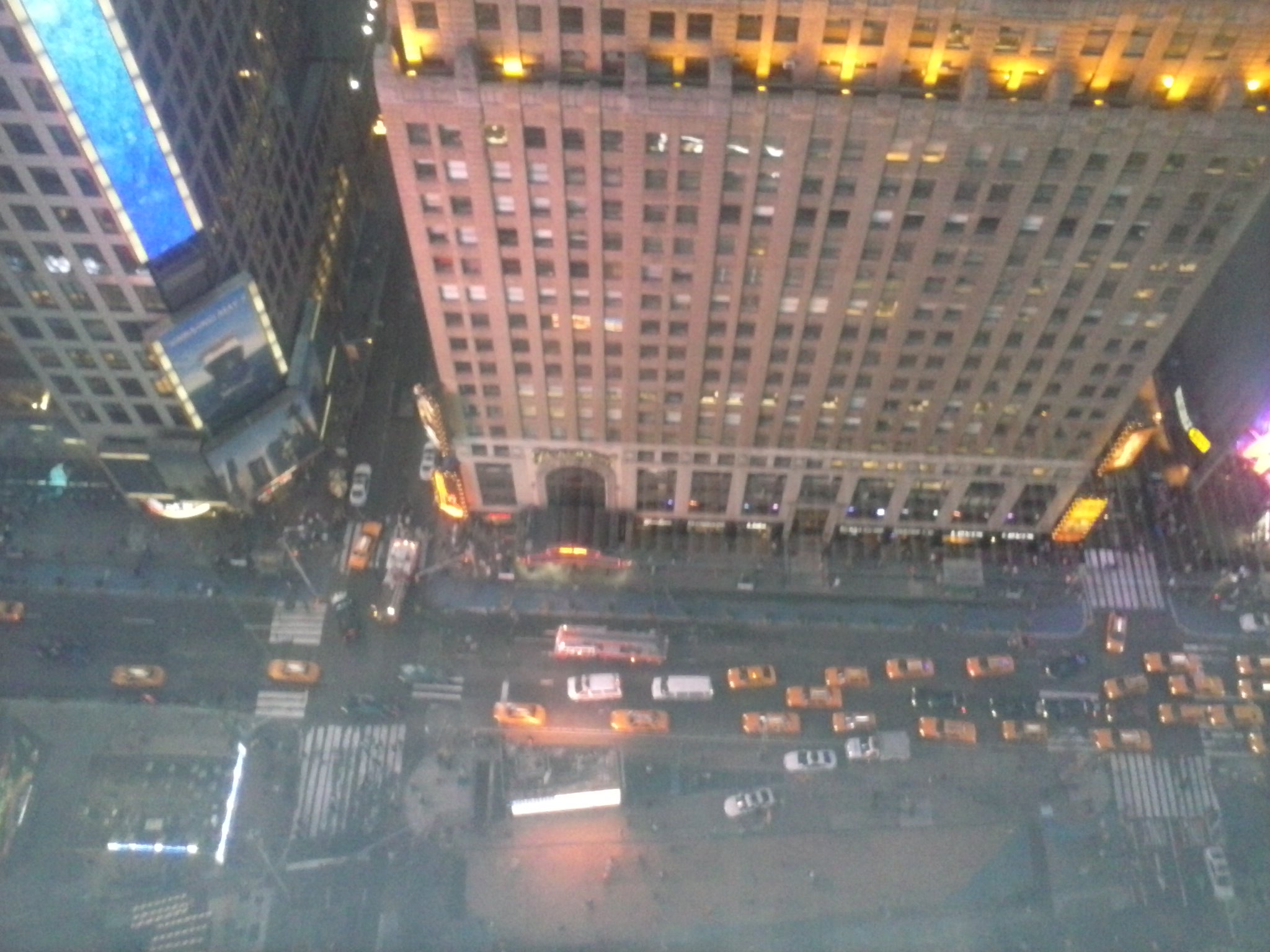By Arthur Holland Michel
There is a fallacy going around that the drone derives its name from the droning sound that it produces when it flies. This little piece of untruth has been remarkably tenacious. In fact, pilotless aircraft are named for drone bees, which are male non-workers—hatched, it so happens, from unfertilized eggs—who serve a single purpose: to impregnate the queen, after which, they die. Like mechanical drones, drone bees work singularly and, arguably, mindlessly. “The drone,” wrote a reader of the British Bee Journal, in a letter to the editors, which appeared in 1906, “was designed for a definite purpose.” In sacrificing his free will, and his life, writes the reader, the drone serves a noble cause, and therefore “ought to have his little niche in the Temple of Fame.”
However, as a quick perusal of an etymology dictionary such as the Wordsworth Concise reveals, the original drone does take its name from “the droning sound it makes.” To be precise, the word “drone” originated from the Anglo Saxon word dræn, which means to hum. Therefore the mechanical drone, which is so often erroneously thought to be named after its sound, was named after something that, by coincidence, was named for its sound.
This is deeply ironic, because even though the drone’s etymological association with sound is coincidental, the sound of the drone is one of its most important features. For those who live in areas where drones are operational, their primary—and in some cases only—interaction of the drone is through sound. “The buzz of a distant propeller is a constant reminder of imminent death,” writes David Rhode in The Drone War. In Gaza, where drones can be a constant presence, the machines are called zannanas, meaning a ‘bee’s buzz.’ Wasseem el Sarraj described them in an article in The New Yorker as “patrolling prison guards,” explaining that “there is no escape, neither inside the house nor from the confines of Gaza.”
The authors of the Stanford-NYU human rights report, Living Under Drones, which is so far the most comprehensive report on the civilian impact of drone warfare, found that the sound of drones has a profound impact on the mental health of civilians. In the accounts of people that the researchers interviewed, the sound of the drones was often invoked. When people hear the sound of a drone, explained one resident of Waziristan, “Children, grown-up people, women, they are terrified. . . . They scream in terror.” The drone, all too often heard but not seen, represents itself with its sound.
(If you have ever wondered what a drone sounds like: it’s like this.)
It is not difficult to imagine that once domestic drones proliferate, the sound of the drone will become a constant soundtrack in civilian life. It is also not difficult to imagine that the sound of the drone will only become more significant, as more and more people are subject to it (and, presumably, as people attempt to suppress it). Understanding the drone, and understanding how it will affect our landscapes in the future, requires an understanding of the behavior of sound.
The exhibition Sound Spill, which is now appearing in its fifth iteration at the New York Zabludowicz Collection, attempts to do just that: understand how sound moves, spills, infiltrates, and permeates within a space. In this case, the space is two spectacular empty floors of the 1500 Broadway tower, which the curators, Thom O’Nions and Richard Sides, have filled with a variety of pieces that project, absorb, mix, and deflect sound.
In the art world, the term “sound spill” refers to when the sound of art works within a gallery mix together. More often than not, curators and gallerists take pains to minimise the mixing of sounds, but at Sound Spill, the curators seek to create “aural complexity” by allowing the sounds of the individual pieces to blend and interact.
The only other place where you might experience such a cacophony of intentional sounds is when a large orchestra is practicing as the audience makes its way into a concert hall. And yet, as with the orchestra as it warms up, there is a certain coherence to the soundscape at Sound Spill. It feels intentional. Nonetheless, there is something very unsettling and jarring about the mere experience of standing in the exhibition space. For much of the time, the general sound of the space is extremely similar to the sound of drones; a kind of low, thick mechanical whirring that never quite becomes background noise. The sound at the exhibition is in fact curated in such a way that it becomes the dominant element of any experience within the show. The ambient music becomes the main soundtrack, so to speak. Even if the spectator wishes to focus on a particular physical detail of the show, such as a sculpture, the experience of that object is mediated by sound.
This not only goes for the art itself, but also the surroundings. Sitting directly above Times Square, the space affords a drone’s eye view of the Crossroads of the World. If you look out of the window for long enough, down at the throngs, who are of course unaware that you are watching, you almost feel like you’re in the belly of a drone. This is partly because the curators have created a space in which one feels both subject to and a part of the sound. As a whole, the show will elevate your understanding of drone sound, even if that isn’t the show’s stated purpose.
Views from Sound Spill.
A droning sound is, by definition, monotonous. Like the drone bee, the sound is singular, monodimensional. In Sound Spill, the droning is set as a backdrop to a varied landscape, both physical and auditory. The underlying soundtrack is punctuated by a number of different, surprising sounds. At one point, on the upper level, the speakers began to blast Euro-house electronic music. If anything, these interruptions make you aware of how close you have come to resigning yourself to the droning sound, even though it never quite makes it to the back of your mind.
Sound Spill demonstrates how profoundly sound can shape the character of a place. The gallery is usually a space of near-silence, interrupted from time to time by a sneeze or a ringtone, or the whispers of visitors discussing the works. At Sound Spill, you have a completely alternate experience. One can only imagine how profoundly the phonic presence of drones affects the landscape below. When we consider what domestic settings will be like when drones become common, we should take into account that their buzzing will be among their most notable effects.


